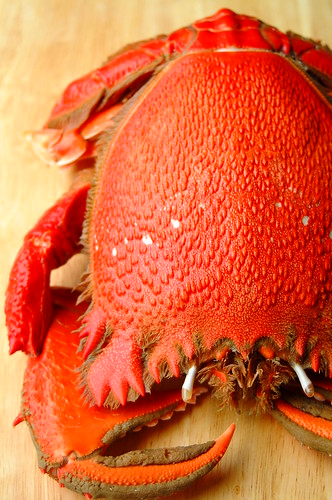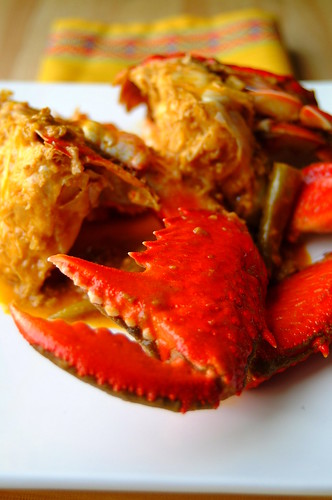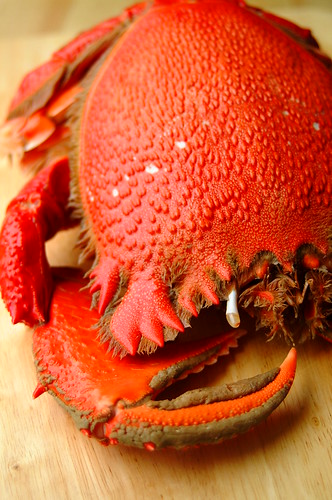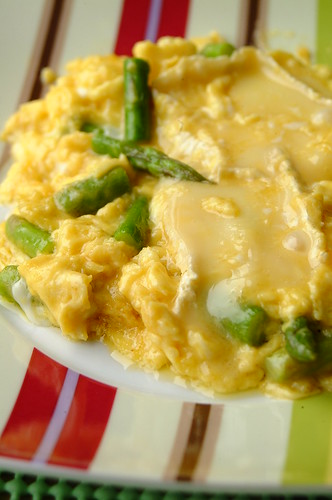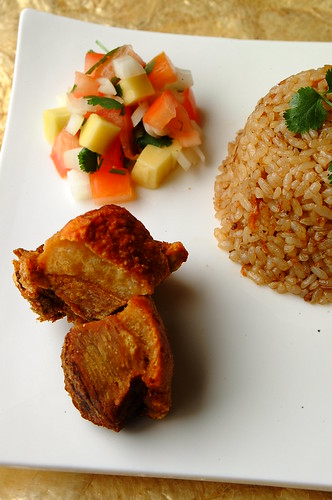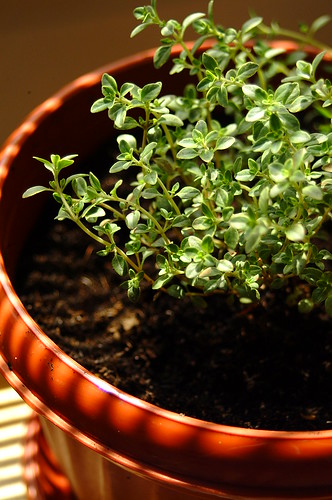
I was out one evening with a fabulous and worldly uncle. I said something which must have seemed charmingly (I hope!) naïve and dewy-eyed because he turned to me and said, “Oh my god! You are even worse than a hopeless romantic…you’re a hopeful romantic!”
A hopeful romantic? I guess I could do worse…
I suppose it was the hopeful romantic in me that stopped by the plant vendor’s stall at the market to look at the little herb pots. I suppose it was that same hopeful romantic that led me to this little one and to inquire about her with the amiable purveyor. Perhaps it was this hopeful romantic that stubbornly believed I could make things grow in my apartment where I have nary a plant box, much less a balcony, much less a garden…where I can’t even open the windows because of the dust. And I’m sure it was this same hopeful romantic who went ahead and purchased the plant when she heard it was lemon thyme (lemon thyme!) and blithely “forgot” the fact that a thyme plant had suffered tragic death in our flat.
But isn’t she lovely? And she smells wonderful!
Lemon Thyme (thymus citriodorus) is a hybrid thyme that has a gorgeous lemony scent and, I’m assuming, flavor (I haven’t tried it yet!). I think it would get on great with fish and chicken, and just about anything you can imagine both lemon and thyme in. It looks like regular thyme but the leaves are edged with a light yellow border. Like regular thyme, it thrives best in full sun, so I have positioned it on a stool by the window, with the blinds angled to beam the sunshine on it.
Lemon thyme also has many medicinal benefits. Some of these are: anti-ageing properties, relieving muscle spasms, aiding the immune system, easing digestion, relieving asthma, and promoting relaxation.
You can find out more about lemon thyme here and here.
If anyone has any tips for caring for this plant your suggestions are exceedingly welcome!
So let’s see…looks pretty, smells good, most likely tastes good, and it’s good for me! Plus I now have an entry for Weekend Herb Blogging*** that actually involves my own herb…which I incidentally bought during the weekend. Now if only it lives long enough for me to be able to harvest a few sprigs, then I’ll have a recipe (or two, or three) to go with it. Here’s hoping!!! :)
 ***Weekend Herb Blogging is an event created by Kalyn of Kalyn’s Kitchen and she is hosting this week’s round as well :)
***Weekend Herb Blogging is an event created by Kalyn of Kalyn’s Kitchen and she is hosting this week’s round as well :)
 I rock! At least according to my dear, dear friend Christine (Nena to me) of
I rock! At least according to my dear, dear friend Christine (Nena to me) of 